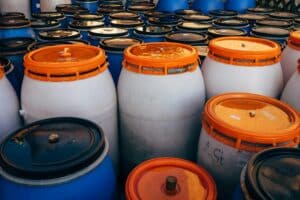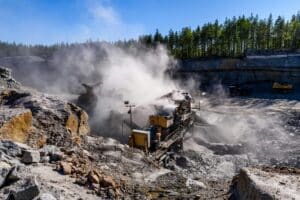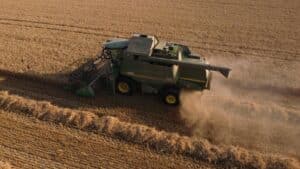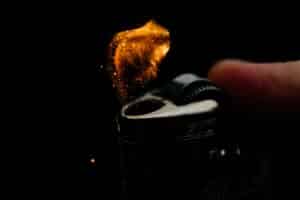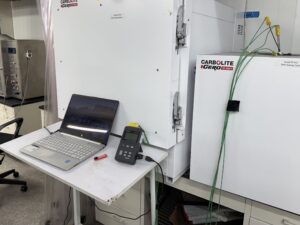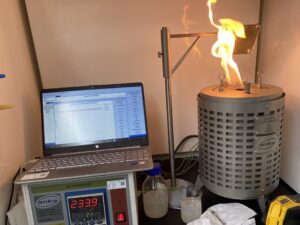We also offer
What is Moisture Content Analysis?
Moisture Content Analysis, or Loss on Drying (LOD), is a method used to determine the moisture or volatile content in a material by measuring the weight loss after controlled heating and drying. This technique is widely applied in industries such as pharmaceuticals, food, chemicals, and materials testing. It helps quantify moisture or volatile components in a sample, which is essential for quality control, manufacturing processes, and regulatory compliance.
Testing Principle and Methodology
To begin, collect a representative sample of the material. Weigh an empty weighing boat using a precision balance, then add the sample and record the total initial mass.
Place the sample in an oven set to a specific temperature and dry it until it reaches a constant weight. Adjust the drying conditions—such as temperature and duration—based on the material and the applicable test method. The process usually involves vacuum drying. After drying, cool the sample in a desiccator, then reweigh it. Use the weight loss to calculate the moisture or volatile content.
Applicable Standard
The standard method for determining Loss on Drying is ASTM E1131-08, which measures moisture content by the weight loss of a solid material after drying.
When to Perform Moisture Content Analysis
Moisture content analysis is performed to determine the amount of water or volatile substances in a material by measuring weight loss during drying. This method is applicable to a wide range of materials, though some industries may have specific ASTM methods tailored to their products. It’s important to follow the appropriate standard for each material type.
Why Choose Prime Process Safety Center
- We have an ISO/IEC 17025:2017 accredited laboratory, we ensure every test meets the highest standards of competence, impartiality, and technical rigor.
-
Our laboratory is staffed with highly experienced professionals specializing in process safety testing.
-
We are committed to delivering accurate, reliable, and defensible data that meets both industry and regulatory standards.
-
Our state-of-the-art equipment provides precise and sensitive measurements for moisture content analysis.
-
We follow strict testing protocols and quality control procedures to ensure consistent, dependable results.
-
Our team offers expert data interpretation and provides recommendations tailored to your application or research needs.
FAQ
Why is Loss on Drying (LOD) analysis important?
Answer: LOD analysis is crucial as it determines the moisture or volatile content in a substance. This data is vital for quality control, ensuring product stability, meeting industry standards, and preserving product integrity. For pharmaceuticals, food, chemicals, and various manufacturing processes, maintaining specific moisture levels is essential.
What's the basic principle behind LOD analysis?
Answer: LOD analysis measures the weight loss resulting from the removal of moisture or volatile substances when a sample is subjected to controlled heating or drying conditions. By comparing the initial and final weights of the sample, the percentage of moisture content or volatile substances can be calculated.
What factors can influence LOD analysis results?
Answer: Several factors impact LOD results, such as the drying temperature, duration, sample homogeneity, container type, handling procedures, and the presence of other volatile components in the material being analyzed. Inaccuracies can arise from improper drying conditions or inadequate sample preparation.
How does LOD analysis differ from moisture determination by Karl Fischer titration?
Answer: LOD analysis involves drying a sample to remove moisture or volatiles and then measuring the weight loss. Karl Fischer titration is a technique specifically designed to quantify water content through a chemical reaction. LOD measures overall weight loss, whereas Karl Fischer titration measures water specifically.
What are the common methods used for LOD analysis?
Answer: The most common methods for LOD analysis involve heating a sample in an oven under controlled conditions (as per ASTM E1131) or using specialized instruments like moisture analyzers or desiccator methods. Each method has its specific procedures tailored to different industries and materials.







